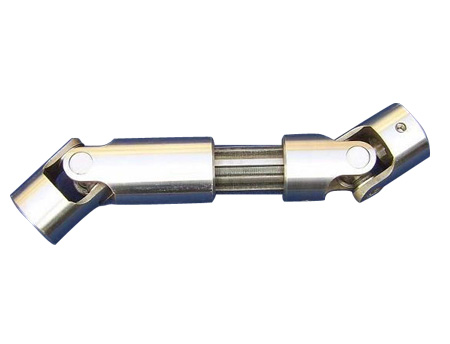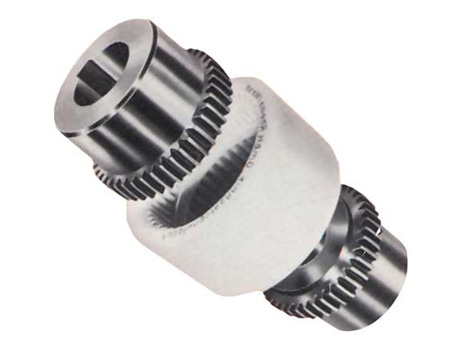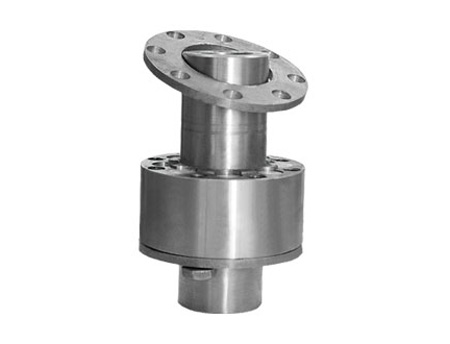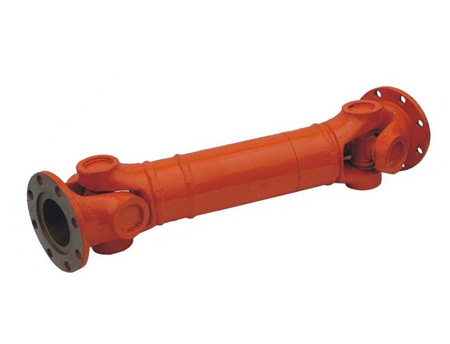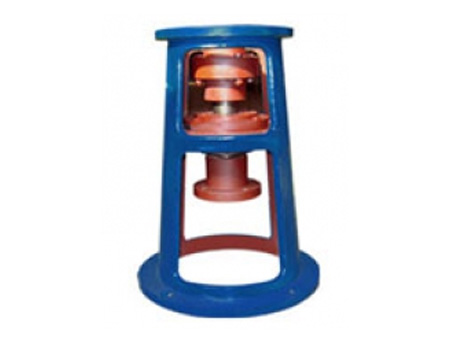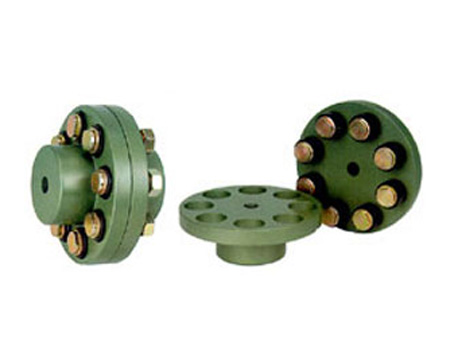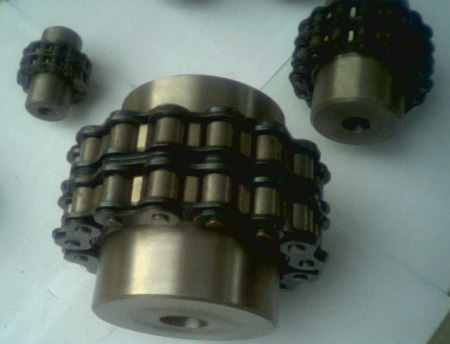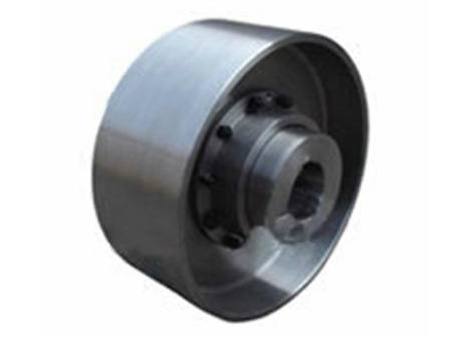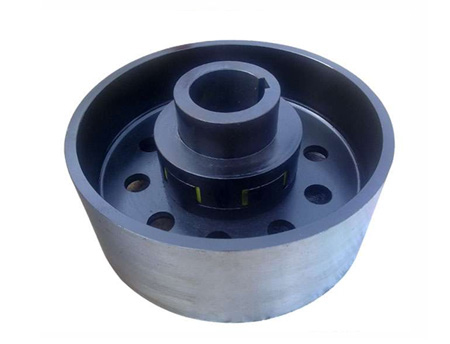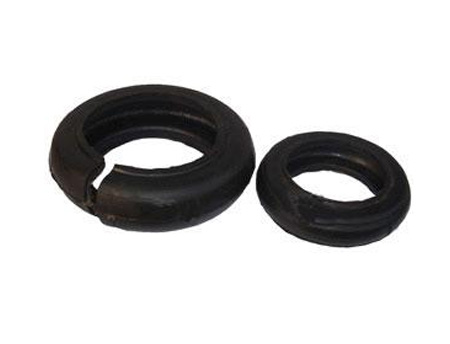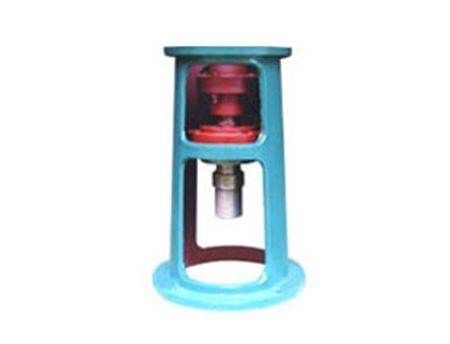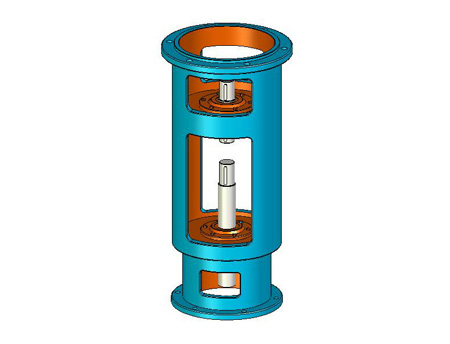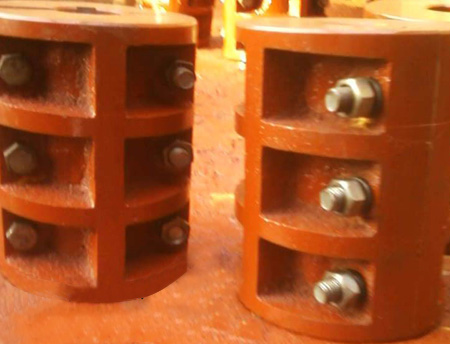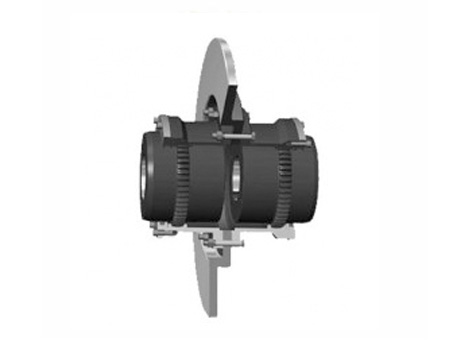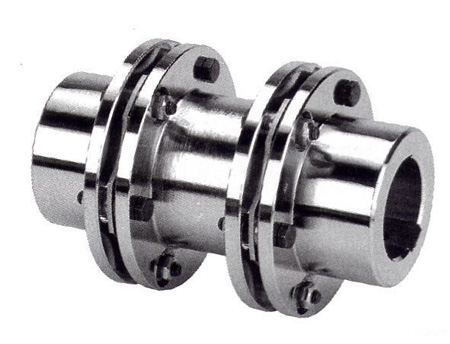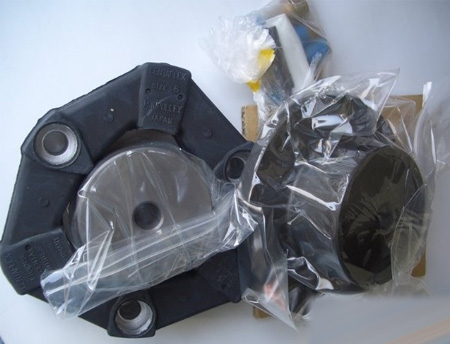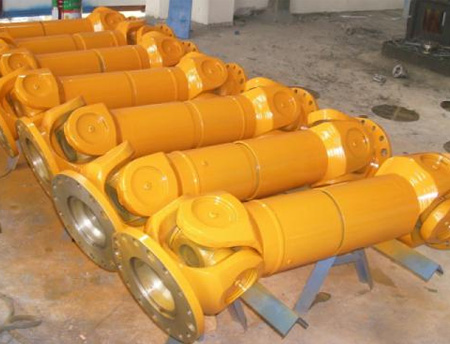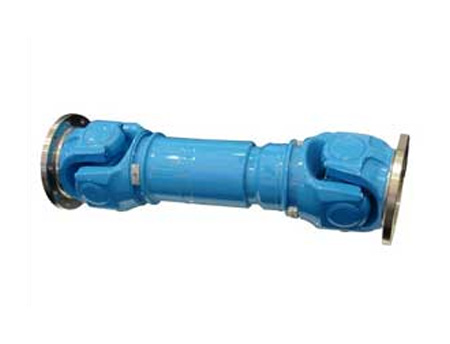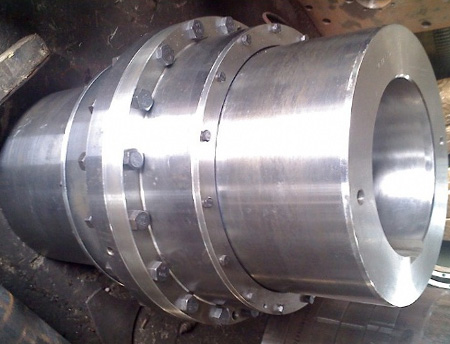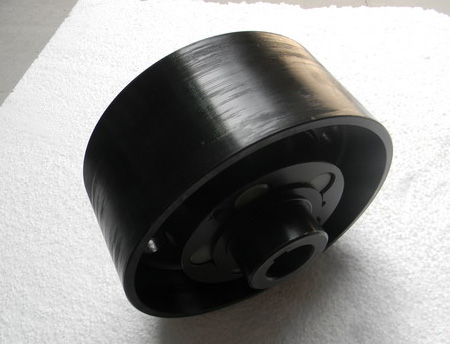Website: www.rigid-shaft-coupling.xyz
Address: Xihuan Industrial Zone, Botou City, Hebei Province
Development and use of elastic coupling
Coupling is a mechanical transmission device used to connect two shafts to rotate together to transmit torque and movement. It has a wide range of applications in various fields of the national economy.Since it is impossible to align the two connected shafts, the misalignment is caused by factors such as the manufacturing error of the unit, the installation error, the deformation after the load, and the temperature change.Therefore, the coupling is required not only to transmit torque and movement, but also to absorb the misalignment of the two shafts, and the additional impact on the unit should be as small as possible.The development and evolution of the coupling has always been carried out around this goal.
There are many types of couplings, which are divided into three categories according to their functions and principles: ordinary couplings, couplings, and special couplings.
Coupling is an additional mechanism on the basis of ordinary coupling. Once the torque is overloaded, the transmission can be interrupted or the torque transmission can be limited, thereby protecting the important parts of the machine from damage.Special couplings refer to couplings that are connected by non-mechanical means, such as hydraulic, pneumatic or magnetic drive couplings.
Common couplings are widely used.It is divided into rigid coupling and elastic coupling.Rigid couplings are divided into rigid fixed couplings and rigid movable couplings.Rigid fixed coupling requires the two shafts to be connected to be aligned very well, and this alignment accuracy will not change during work.Therefore, although this type of coupling is simple in structure and low in price, its use requirements are too harsh, so it is rarely used.However, in some occasions, rigid fixed couplings are used, such as the occasions where the axial force needs to be transmitted through the coupling, or when other couplings for certain heavy-duty units cannot meet the torque transmission requirements.The components of the rigid movable coupling can move relative to each other, and the relative displacement of the axis is compensated by the relative mobility, so that there is little axial displacement, radial displacement and angular displacement between the two shaft axes. Displacement.The gear couplings that people are very familiar with and widely used belong to this category, and they were once the choice of high-speed and high-power couplings.This type of coupling provides lubrication due to the relative movement between the components, and its compensation ability is restricted by the relative sliding speed of the movable element and the lubrication conditions.For example, the relative sliding speed of the tooth surface of the gear coupling should not be greater than 0.12m/s, so at high speed and heavy load, the angular compensation ability of this coupling is very small.In order to improve this compensation ability, gear couplings are often made of drum-shaped teeth, with complex structures, and once there is a problem with the lubrication, its use effect and life will be greatly reduced, which promotes the development of dry couplings and use.
The elastic coupling relies on the elastic deformation of the elastic element to compensate the relative displacement of the two axes, and can also buffer and reduce vibration to avoid resonance.Elastic elements are divided into two types: metal elastic elements and non-metal elastic elements.
Metal elastic element couplings include reed couplings, serpentine spring couplings, bellows couplings, diaphragm couplings and diaphragm couplings.Non-metallic elastic element couplings still have many applications, including elastic pin couplings, rubber block couplings, and tire couplings.Metal elastic elements are stronger than non-metal elastic elements, have greater load transfer capacity, have no aging problems, have a long service life, and are less affected by temperature. They are especially suitable for use in continuously operating industrial process power equipment.In particular, the emergence of the diaphragm coupling not only solves the many problems of other couplings in the early days, but also can easily adjust the design to meet the matching with the unit.Therefore, the diaphragm coupling has become a replacement for gear couplings and non-metal elastic element couplings. It is a widely used coupling, and its superior performance has become a product of turbocompressor units.In recent years, it has played an important role in the transformation of some old units.
